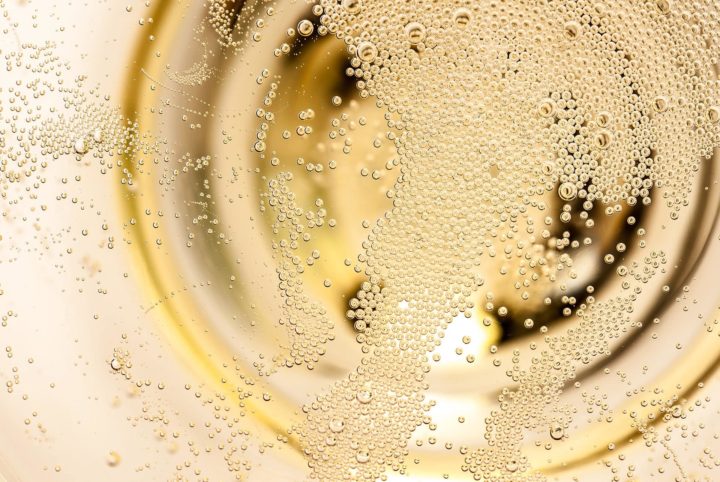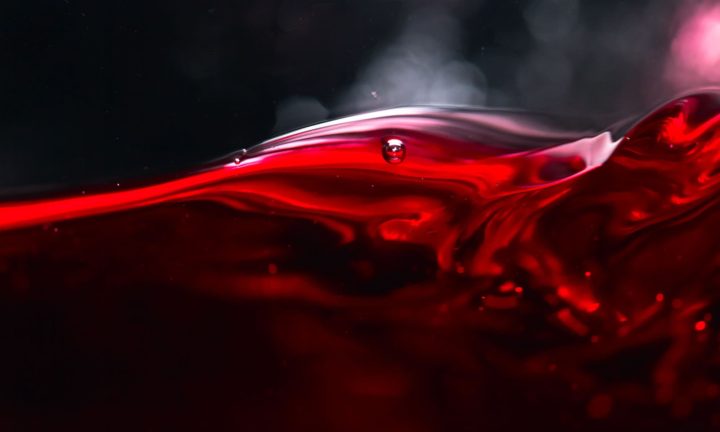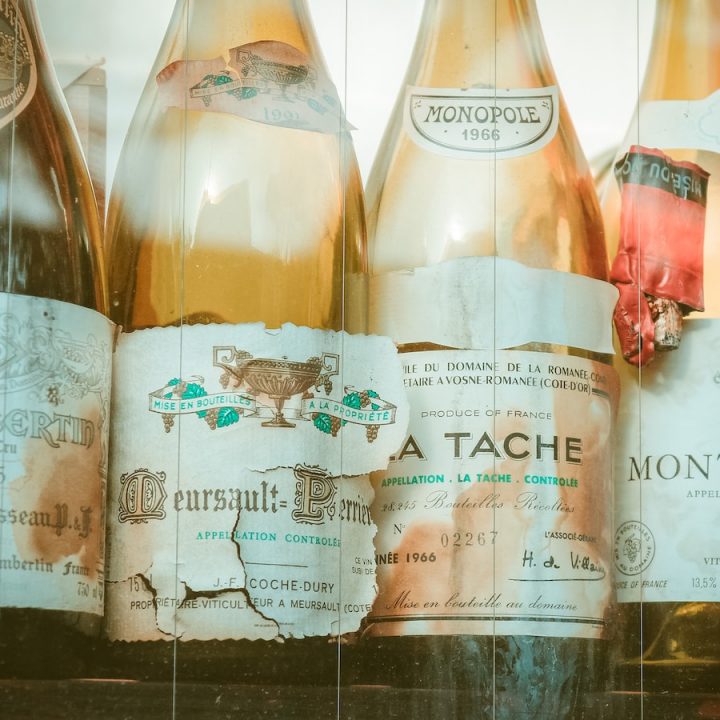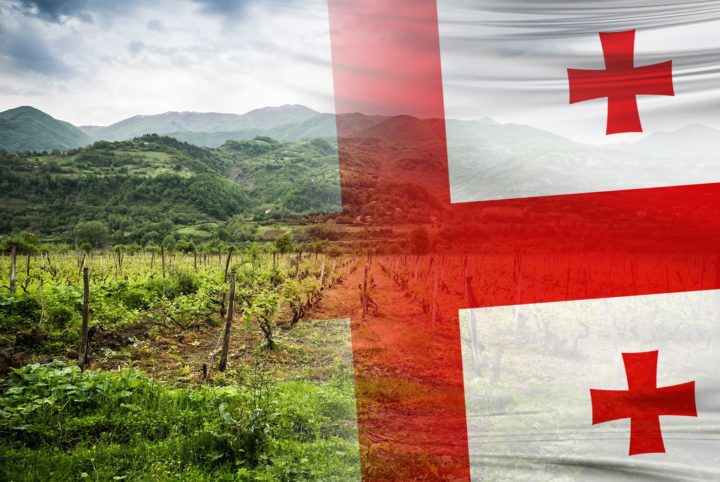As a wine lover, you’ve probably noticed that the wine sector is changing faster and faster. From the emergence of new grape varieties to adjustments in production, the effects of climate change are reshaping the viticultural landscape. These changes are particularly evident here in Germany, where the traditionally cool climate is increasingly shifting toward warmer temperatures.
In this comprehensive article, we look at the impact of climate change on German wine production and the consequences for the global wine industry. Let yourself be taken into the world of German viticulture and discover the challenges and opportunities that climate change brings. Let’s set out on this journey together!
The change of the German wine production
Germany is famous for its white grape varieties, especially Riesling or Müller-Thurgau. However, climate change is changing the dynamics of viticulture in this country, opening up new opportunities for the cultivation of red grape varieties.
White grape varieties on the retreat
As temperatures rise, some traditional German white vines are increasingly unsuited to the region’s climate. Grape varieties that have been the backbone of German wine production for centuries may have to give way because they are unable to adapt to the changing climate.
Red grape varieties on the rise
As a result of rising temperatures, red grape varieties that were previously completely unsuitable for German winegrowing regions now also thrive here. Below you will find a list of grape varieties that are now grown in Germany thanks to climate change:
- Tempranillo: Originating in Spain, this variety is known for its thick skin and ability to withstand higher temperatures, making it suitable for Germany’s fluctuating climate.
- Syrah: Traditionally native to the Rhône Valley in France, this grape variety copes well with a variety of climates and is becoming increasingly popular in Germany as temperatures rise.
- Grenache: Also native to Spain, the Grenache grape variety can handle heat and drought, making it well suited to the changing conditions in German winegrowing regions.
- Cabernet Sauvignon: While the grape variety is usually associated with Bordeaux, it is now conquering German vineyards as the climate becomes increasingly favorable for its cultivation.
Effects of climate change: vine growth and grape ripening
Climate change not only affects which grape varieties can be cultivated, but also has a significant impact on vine growth and the ripening process of grapes.
Accelerated plant growth
The warmer temperatures lead to accelerated growth of the vines, causing them to sprout earlier and correspondingly lengthening the growing season. However, this also increases the risk of frost damage, as the vines are more sensitive to late frosts due to early bud burst.
Dynamics of grape ripening
Higher temperatures also affect the ripening process and cause the grapes to fully ripen earlier. This can have both positive and negative effects on the finished wine. On the one hand, earlier aging results in more concentrated flavors and increased sugar content, which in turn leads to higher alcohol content. On the other hand, the acidity decreases, which is essential for the flavor balance and structure of the wine.
Extreme weather events: A Growing Concern
As a further consequence of climate change, extreme weather events are becoming more frequent and can have devastating effects on wine production. Some examples of extreme weather conditions that are increasing due to climate change include:
- Extreme drought: Prolonged periods of drought can stress vines and limit their ability to produce high-quality grapes. This usually leads to lower yields and damaged the vitality of the vines.
- Heat waves: Intense heat leads to premature ripening, increased sugar content and at the same time acidity is reduced. This leads to unbalanced wines with little aromatic play and higher alcohol content.
- Heavy rain: Excessive rainfall can cause a variety of problems, including sodden soils, increased risk of fungal diseases and dilution of grape flavors. In some cases, heavy rainfall can also result in crop losses due to flooding or erosion. A telling example is the flood disaster on the Ahr River, in 2021.
- Hailstorms: Hail can cause significant damage to vines, reduce yields and affect crop quality. In extreme cases, hailstorms can bring complete crop failure. The frequency and intensity of hailstorms is increasing in some wine-growing regions and poses a significant risk to vineyards.
The new reality: strategies for wine producers
To meet the challenges of climate change and at the same time take advantage of the opportunities that arise, winegrowers must adapt and develop innovative solutions. Here are some strategies that forward-thinking wineries are using:
- Trying out new grape varieties: As we have seen, some grape varieties are better suited to the changing climate than others. By experimenting with new grape varieties, growers can identify vines that perform best under changing conditions.
- Adapting vineyard management: wine producers need to adopt new measures to protect their vineyards from extreme weather events, such as installing hail nets, using ground covers to protect against soil erosion, or using smart irrigation methods during dry periods.
- Adaptation of cellar techniques: To counteract a possible decline in acidity in wine caused by climate change, winemakers can adapt their fermentation and aging techniques. For example, cooler fermentation temperatures can be used or oak barrels can be used for aging to give the wines more structure and complexity.
- Diversify production: By exploring new regions or focusing on alternative wine styles, such as sparkling or low-alcohol wines, producers are expanding their offerings and mitigating the risks associated with climate change.
The silver lining: new wine regions emerge
Although climate change poses major challenges to the wine industry, it is creating new wine regions. In countries that were once considered too cold for viticulture, warmer temperatures and longer growing seasons are now being recorded, making it possible to grow grapes.
Some examples of emerging wine regions are:
- Denmark: With a growing number of vineyards, both traditional grape varieties and cold-resistant hybrids such as Solaris and Rondo are grown in Denmark.
- Sweden: Thanks to milder temperatures, the Swedish wine industry is also growing, with a focus on cool-climate grape varieties such as Chardonnay, Pinot Noir and Riesling.
- United Kingdom: In the United Kingdom, wine production has increased sharply, especially in the sparkling wine segment. Vineyards in southern England benefit from the same calcareous soils as in France’s Champagne region.
Importance of cooperation and research
As the global wine industry faces the challenges of climate change, collaboration and research are increasingly important. Sharing knowledge, best practices and innovative techniques among wine producers, researchers and trade associations will help the industry overcome the hurdles ahead.
- Cross-regional collaboration: wine producers from different regions need to learn from each other and share successful climate change adaptation strategies. This includes the exchange of information on new grape varieties, vineyard management methods or cellar techniques.
- Science and technology: Scientific institutions, research centers and industry associations contribute decisively to scientific research on climate change and its impact on wine production. Their findings can lead to new approaches and technologies that help grape growers adapt to changing environmental conditions.
- Government support: Policymakers must also support the wine industry’s efforts to address climate change. This may include providing financial support for research, promoting the collaborative efforts of wine producers, or implementing measures to promote sustainable practices and innovative solutions.
Sustainable and climate-proof practices
To succeed in the face of climate change, the wine industry must shift to sustainable and climate-resilient measures. By reducing environmental impact and increasing resistance to extreme weather events, winemakers ensure their long-term success.
- Sustainable viticulture: The use of nature-friendly practices, such as organic or biodynamic cultivation, reduces the ecological footprint of the wine industry and contributes to healthier ecosystems.
- Precision agriculture: The use of data-driven technologies such as remote sensing, the use of drones or smart irrigation systems helps wine producers to monitor and manage their vineyards more efficiently. Precision agriculture optimizes resource use, reduces waste, and improves growers’ responsiveness to changing conditions.
- Carbon storage: Wine producers can contribute to climate protection by adopting practices that increase carbon storage in their vineyards. These include growing crops, cultivating without tillage, or incorporating biomass into the soil.
Conclusion
Climate change is undeniably changing the wine industry. As temperatures rise and extreme weather events accumulate, winemakers are adapting to protect their vineyards and preserve the distinctive character of their wines.
The evolution of the German wine industry and the emergence of new wine regions are proof of the resilience and innovation of the international wine community. While there are still some tasks ahead, the adaptability of the industry and its determination to defy all odds are a reason to raise a glass to the future of viticulture.









